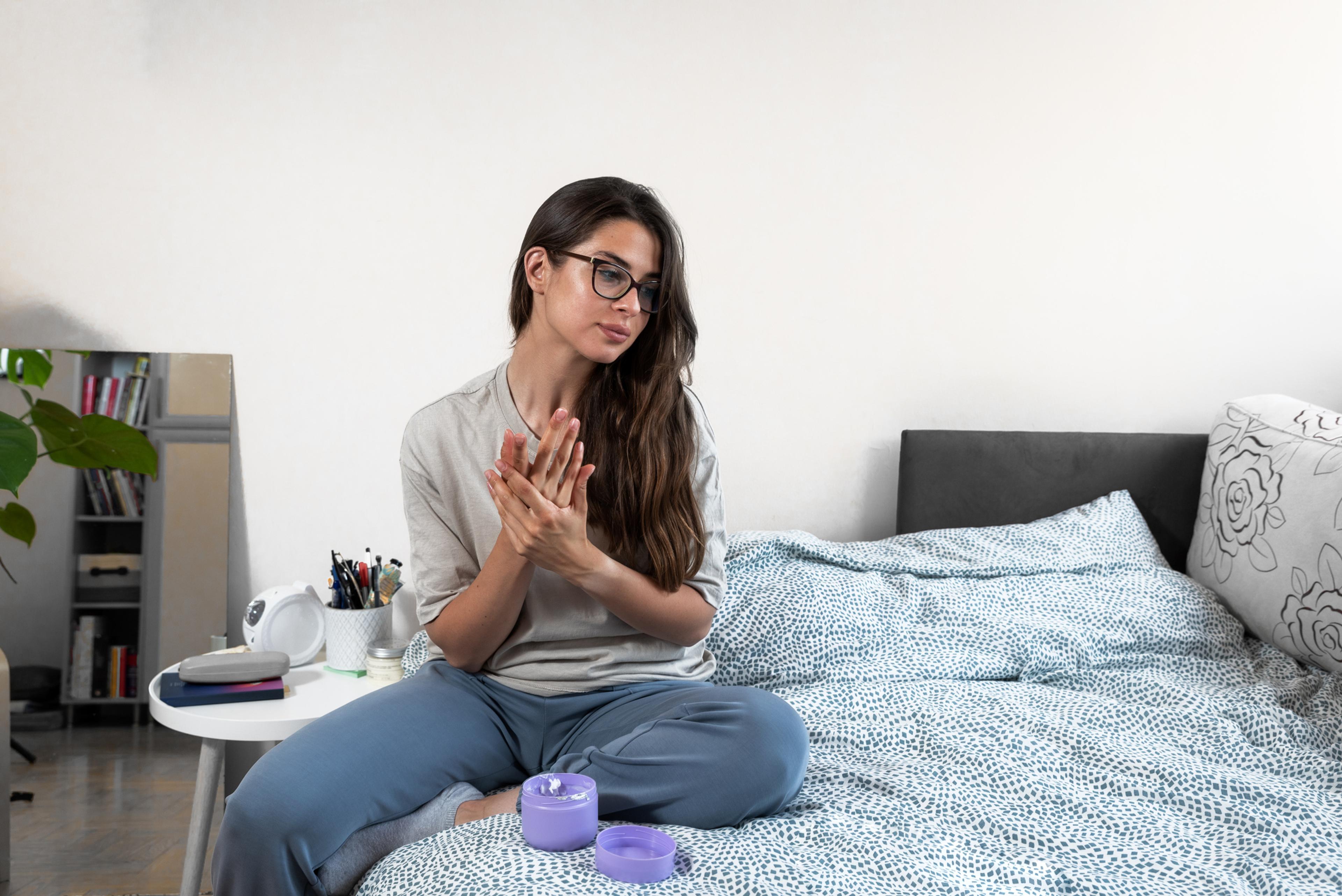
Keeping track of your prescriptions can be difficult. Knowing what medication to take, when to take it and doing so on a regular schedule is tough, as well as potentially dangerous, if guidelines are not followed correctly. Managing one pill per day is simple, but what if you have been prescribed more than that? You may need injections, breathing exercises and more. While professional help is available every year for National Check Your Meds Day on Oct. 21, a day allowing you to bring your prescriptions to your local pharmacist for review, there are tips and methods to think about year-round to make sure it’s easier to stick to your prescription regimen.
TIPS TO HELP YOU ORGANIZE
The first step in keeping track of your prescriptions is to know exactly what you are taking as well as why you are taking it. Know your medicines
- Learn what each medicine is for and the possible side effects to look out for. Talk to your doctor about when and who to call if you think your medicine is causing problems. You can use this worksheet to track each medication you are taking.
- Find out from your doctor or pharmacy when you will run out of each medicine and if you need to refill it. Refill reminders on your calendar can help. Many pharmacies also offer refill reminders by phone call or text. Be sure to give yourself plenty of time to refill before running out. Consider using a mail-order pharmacy to fill your prescription. It may save you time and money.
- Talk to your doctor or pharmacist about obtaining a 90-day supply of your medication. A 90-day supply means fewer trips to the pharmacy and less of a chance of running out of your medication.
- Talk to your doctor about what to do if you miss a dose. Your doctor may have a different plan for each medicine, so be sure to talk about each one.
- Ask your pharmacist about the expiration dates of each medicine and how to safely discard of each of them.
Have a routine
- A daily medicine routine can be very beneficial. Make a schedule for taking your prescriptions, and be sure to follow it every day. List each medicine and a specific time to take each one. This chart is a helpful tool to schedule your medications.
- Find activities you do throughout the day, such as brushing your teeth or eating lunch, and use them as a reminder to take the prescriptions you have scheduled at those times.
- You can also set alarms on your watch, cell phone and even a kitchen timer to remind you to take your medicines.
Staying organized is the first step in managing and keeping track of your prescriptions. Knowing what each medicine is, when to take it, when to throw it away and when to refill it are key to making sure you are always on top of your prescriptions. Related:
Photo credit: blackCAT





